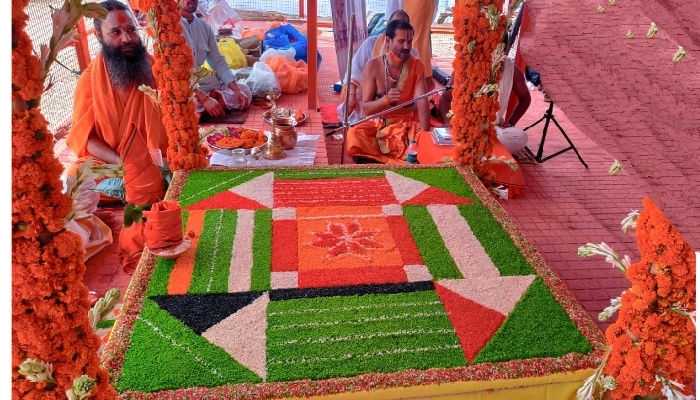Lucknow, Jun 5: Samajwadi Party chief Akhilesh Yadav on Monday asked if Prime Minister Narendra Modi’s recent visit to Indonesia and Malaysia during the month of Ramzan was an attempt towards “international appeasement” of the minority community.
During an interview with news agency PTI, he claimed that the people of not only Uttar Pradesh, but of the entire country were upset with the Bharatiya Janata Party (BJP) as other than making promises it “did nothing else”.
Citing a proverb, Akhilesh Yadav said, “With empty stomach, people have now understood that the BJP does not mean business.”
Asking the BJP to restrain its leaders from making “absurd” comments, he said, “The BJP should learn to face defeats or else they will be not be able to digest the outcome of the 2019 Lok Sabha elections in which the Opposition will stage a comeback.”
Slamming the BJP for accusing his party of practising minority appeasement, the Samajwadi Party chief said, “Chief Minister Yogi Adityanath says he does not celebrate Eid as he is a Hindu. The BJP charges us with practising Muslim appeasement. Modi has just visited Indonesia and Malaysia during the month of Ramzan. Is it an attempt towards ‘international appeasement’ of the Muslims?”
Adityanath had reportedly said that he is a Hindu and does not celebrate Eid, drawing sharp criticism from the Opposition.
Prime Minister Narendra Modi was for the first time on an official visit to Indonesia - the world’s most populous Muslim-majority nation - last month. He has visited Singapore twice and Malaysia once in 2015.
Modi also visited Indonesia’s grand Istiqlal Mosque, the largest in southeast Asia, with President Joko Widodo.
Indonesia is not only the world’s most populous Muslim country, followed by India, but the third largest democracy. Hindus comprise 2 per cent of Indonesia’s population and form close to a 90 per cent majority on the island of Bali.






Comments
A pre-planned publicity just to fool the public and rest of the country. Main intention is to show as innocent from present ongoing all communal attack and arsenal in INDIA .
These anti national groups think '' Attacking with close eye" rest of the world cannot see who is culprit. It is rss main agenda, now with bjp lable they functioning. Our present cm also a leading member of rss.
Add new comment